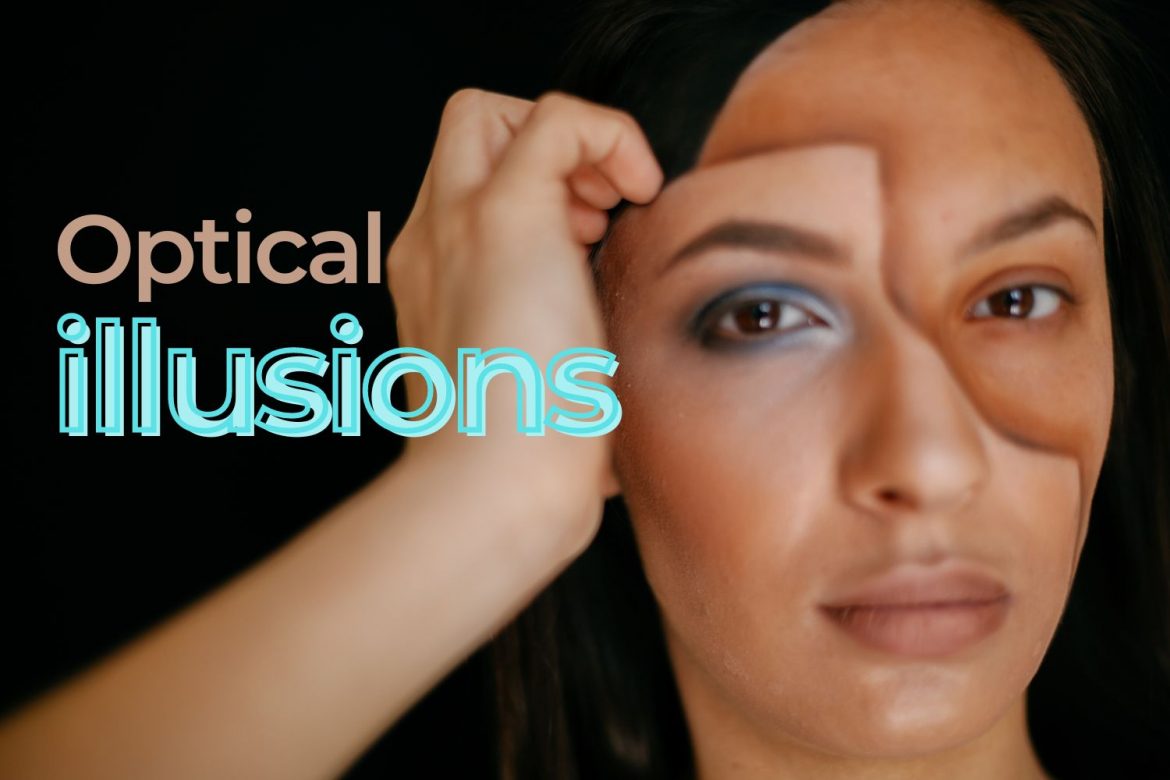![]()
Let’s start by clearing up the semantics. The eye issue that commonly causes blurry vision is called “astigmatism.” You do not have “a stigmatism.”
Astigmatism occurs when light enters the eye, and the cornea, the front cover of the eye, cannot properly focus the light on the retina, or the back of the eye. This can occur when the cornea is misshapen. As a result, light focuses on multiple points around, in front of, and behind the retina, causing blurry vision.
Almost everyone has astigmatism, however, for many, it has no effect on their vision and they do not need any sort of treatment. For many others, astigmatism happens in tandem with near—or far-sightedness—also known as myopia and hyperopia, respectively. If gone untreated, the results of astigmatism could be a lazy eye, headaches, and fatigue.










